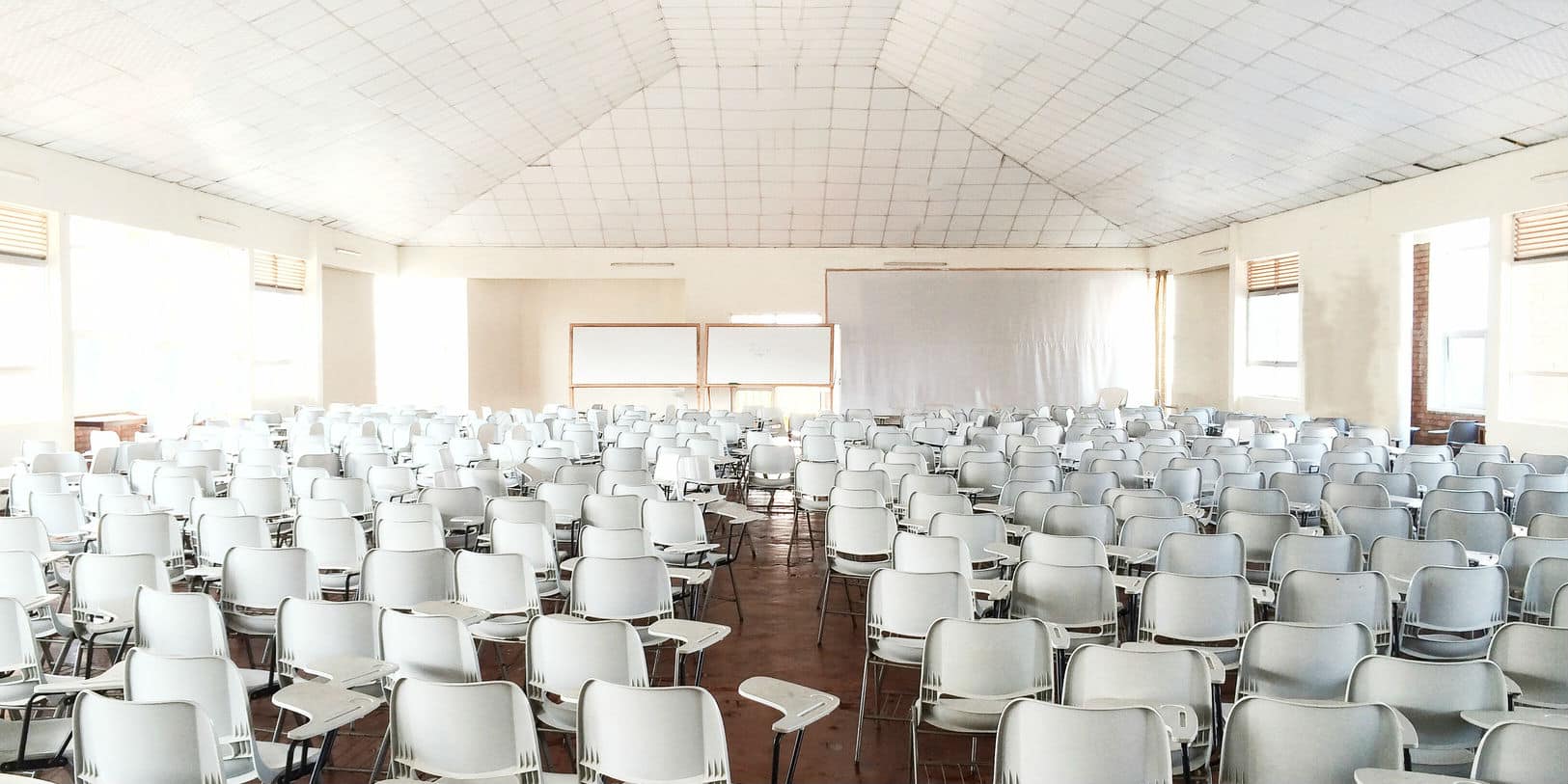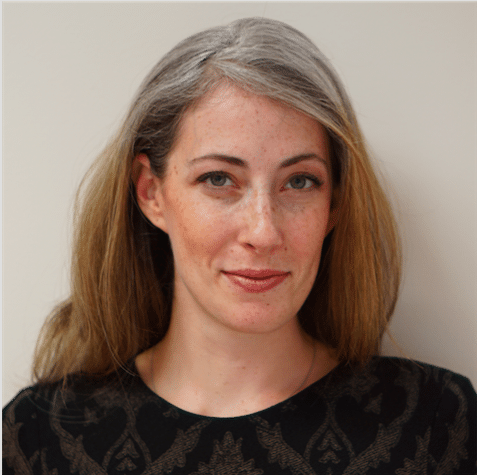Governor Cuomo’s Excelsior Scholarship, which arguably provides free tuition for New Yorkers of any age to attend public institutions, is expected to have a price tag of $163 million in its first year. That’s a lot of money for most of us—especially families trying to figure out how to pay for college.
It is, however, comparable to SUNY’s net tuition revenue increases of $106 million in the last fiscal year and $112 million and $107 million in the years before that—despite a decline in the number of students enrolled. It represents only a fraction of the $537 million the SUNY system lost in the 2015–16 fiscal year, as well as the $427 million it lost in the year before that. It is a drop in the bucket compared to the $3.27 billion the SUNY system already receives in state support. And it is downright tiny in comparison to the $4.97 billion in additional long-term debt that the system has incurred over the past three years.
Behind the ever rising tuition bills that families are struggling to pay lies an even more unpleasant truth: the basic business model of college is broken. Costs are high and continue to rise well above the rate of inflation, in part because “college” actually combines multiple complex business models, including teaching, research groups, hospital systems, and preparing students for life and careers. For decades, institutions were able to raise revenues year after year to keep pace with expense growth, but the public is quickly reaching its limits. Families just can’t afford to pay any more than they already are, hence the political momentum behind “free college.”
There is no great story of fraud or mismanagement at SUNY; the system is performing essentially in line with the rest of the industry—but total expenses at the system rose nearly five percent last year, and that’s with a slight decrease in enrollment. It graduates nearly 50 percent of its bachelor’s degree-seeking students in four years—ahead of the national average of 33.6 percent for public universities. An additional 17 percent are able to graduate in six years, but they will have to do so without the help of the Excelsior Scholarship, which will only cover them for four.
The Excelsior Scholarship has been criticized for not doing enough to help students. It only covers tuition—not fees or living expenses, which together are estimated at $15,180 at SUNY and $14,135 at CUNY. It only covers full-time enrollment—not part-time enrollment, which excludes over a third of current CUNY students. Taken together, these two factors mean that most working adults will likely be shut out of the program, even though the Excelsior Scholarship has no official age requirements. The policy is also regressive: it is a last-dollar program which will direct funds to middle- and upper-middle-class families, rather than helping poor and working-class students defray more of the full cost of attendance. As free college advocate Sara Goldrick-Rab said, regarding Cuomo’s new initiative, “No other free college program is less about making college affordable.”
But what the Excelsior Scholarship program does do, and does well, is distract students, parents, and taxpayers from the broken business model of the state’s higher education system. “Free college” is in this case a shell game. Although it may reduce the cost of college for middle-class families, it by no means makes it free—and the costs of the program are likely to be shouldered by the same middle-class taxpayers who it benefits. But the underlying issue still remains: it’s not just tuition that is unaffordable, it is the cost—ever rising—of college itself. As we’ve written before, “free college” may score votes, but it doesn’t solve problems.
What can improve this situation? The traditional American solutions to stultified industries have been competition and innovation. Unfortunately, the Excelsior Scholarship program is bad for both. At the margin, it is likely to have a chilling effect on enrollments at the state’s private colleges, even though New York’s private schools have a much stronger record on completion and outcomes than the state’s public system. And with stakeholders satisfied for the moment with this bandaid solution to mounting tuition, critical pressure for SUNY to innovate around new business models will be lost.
Cuomo may have papered over the state’s higher education problems for the moment, but in doing so, he is likely to make them worse in the long run. The program will undoubtedly force some of the state’s private schools to close, but it is no boon for public schools either. Subsidizing more students attending a system that is bleeding money will have costs far higher than the Excelsior Scholarship’s $163 million price tag. Over the long term, higher education policy needs to move away from subsidy programs that let more students afford college. The key is redesigning college to be affordable.
For more, see:



